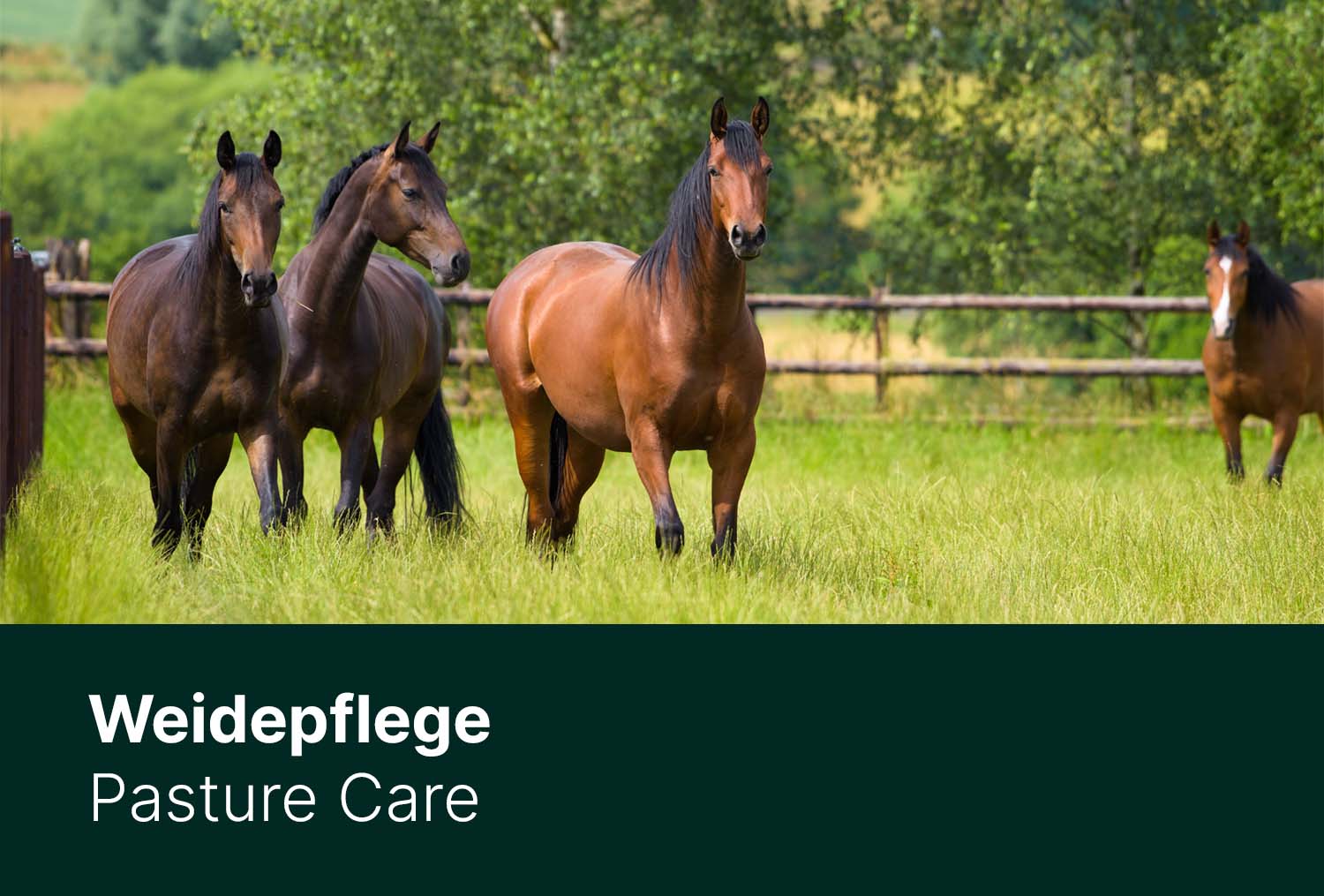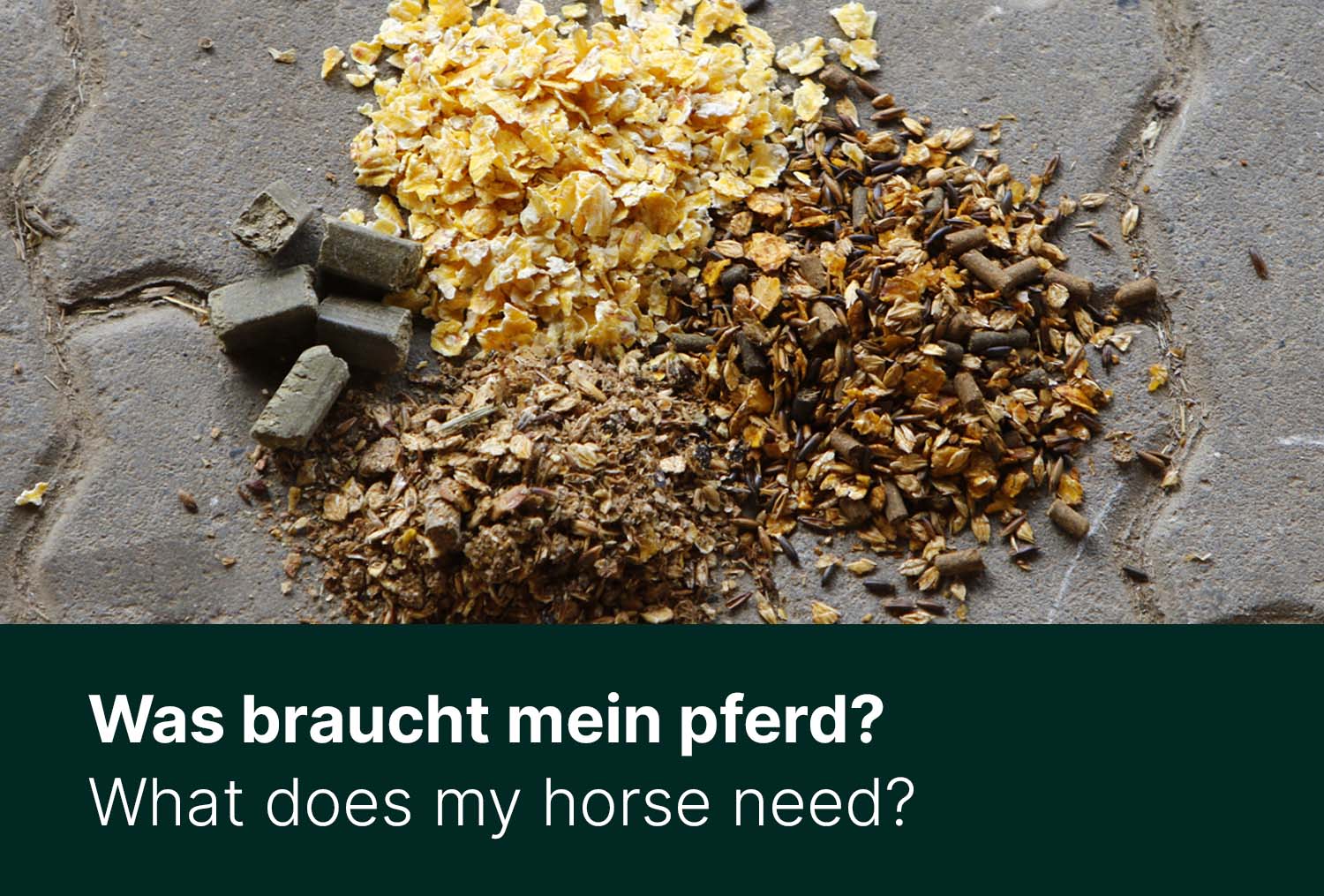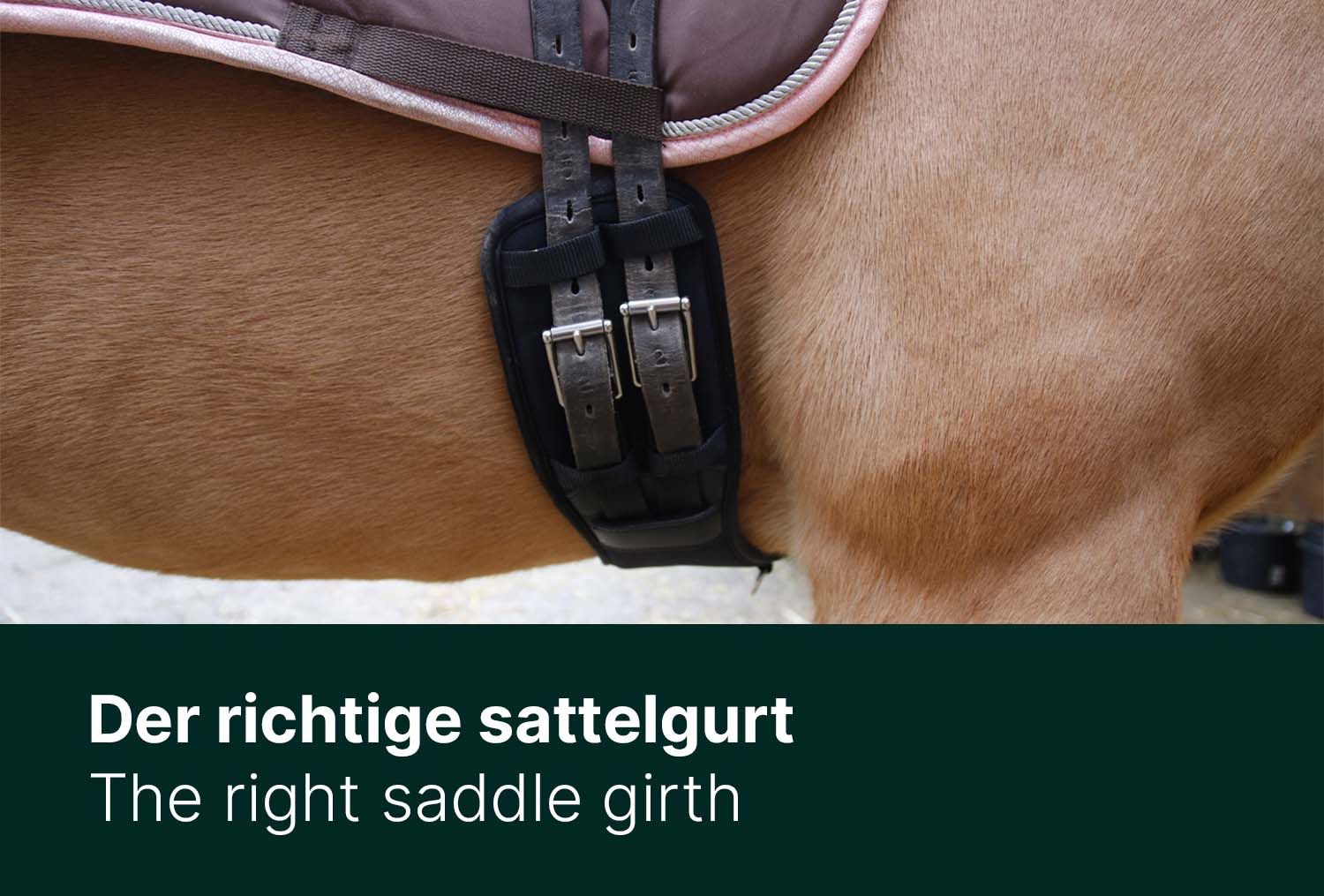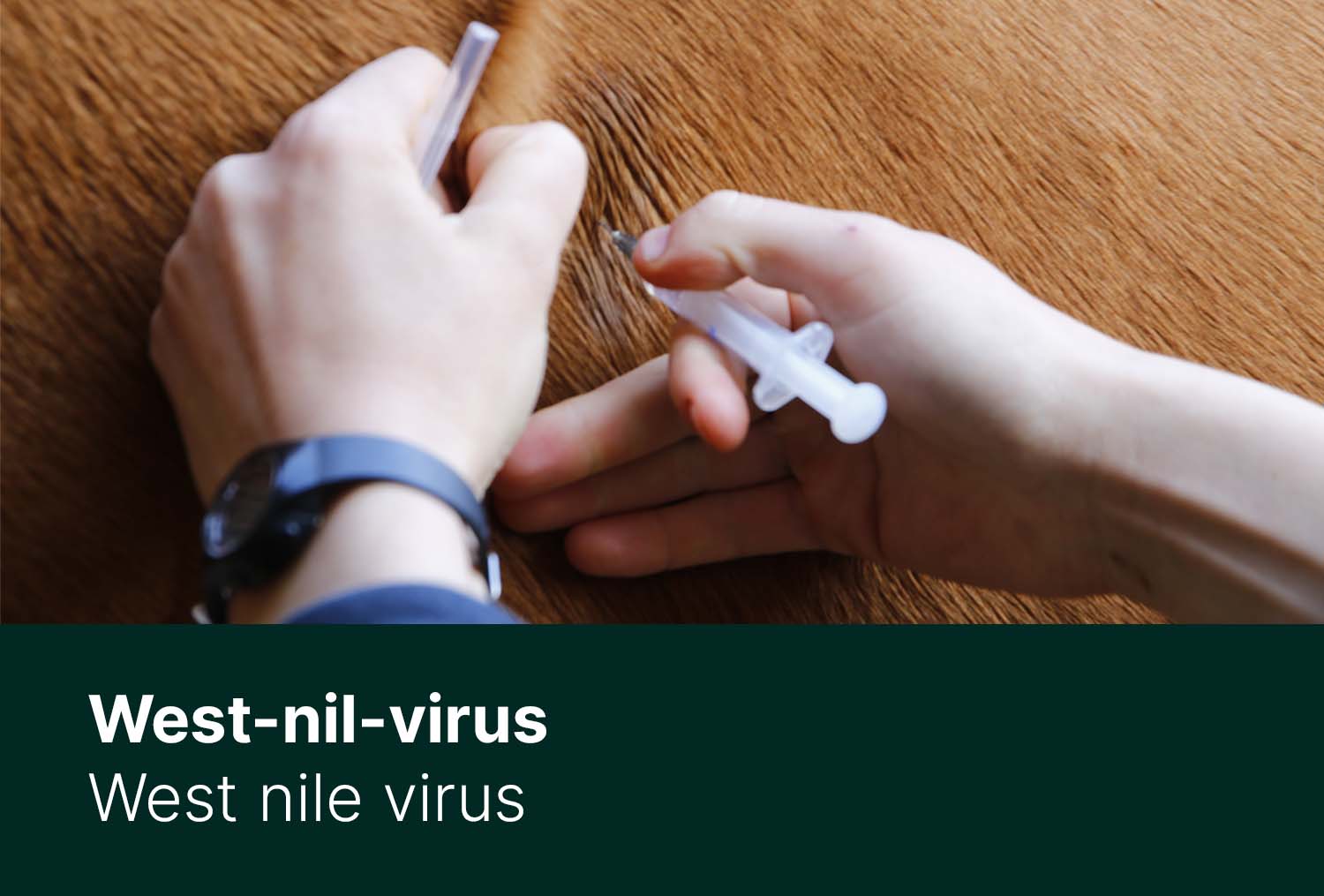The grazing season i a new highlight every year. The viewof the herd on the grazing lands i too beautiful, but due to poor management and dry summers in many areas, the season does first start in June or end already by the end of August. But with little maintenance and effort, you can get a few weeks more out of the summer.
Pasture Care
The fact that horses stand on green, lush meadows during the summer is part of the equestrian life as the saddle is part of the horse. Even if there are pastures in many stables, these are usually not enough for all horses in a stable to enjoy green grass throughout the season. Our local pastures - depending on the region - are usually not enough to really eat their fill, but the horses still find a stalk every now and then, are busy, can maintain their social contacts and generally have more room to move than on a paddock. If it is getting increasingly drier and there is no precipitation at the beginning of the year, then the operators are usually faced with the problem that they start the grazing season late, but most of the grass is already withered, or that the horses start into the grazing season early in the year and have to move back to the paddocks in summer already, otherwise the sward suffers severely. A vicious circle, because from year to year the harvest becomes less, the grass thins out and the soil loses its fertility. If you want to offer your horses as much pasture as possible and as long as possible, you have to do quite a lot for it. Even if changing pastures is a simple solution, this option (one year of cattle, one year of horses) is rarely used - there is usually simply too little grazing lands available. Another possibility is well-structured pasture management based on different pillars. Most importantly, pasture maintenance must take place all year round, not just in March when the horses are to be moved in April.

- Soil Analysis
A very simple method to get an overview of the soil quality is a soil analysis, starting at less than 100 Euros, which gives information about whether and which fertilization should be used. With regard to a number of factors in particular, plant growth depends on the correctly selected fertilizer. The application of nitrogen, phosphorus, potash and lime fertilizers should then be carried out in accordance with the results of the soil analysis, taking into account the current fertilizer ordinance.

- Starting the grazing season on the edge of the path
If you already have too little pasture available, you shouldn't give these areas free for grazing in March. During this time, the growth phase has usually not yet started, and what is already being eaten off will grow back very poorly. The amount of precipitation is still very high at the beginning of the year and the soil is therefore saturated. If the horses step on the muddy earth, the sward is damaged and nothing grows back. For this reason, grazing should be done on the hand and along the path for up to an hour. In terms of grazing time, this effort is well worth it. Ultimately, as a horse owner, you also have to ask yourself what is more important to you: a long grazing season or comfortable grazing? If you have enough pasture available, you can just open up a small area for grazing in the beginning instead.
- Picking up droppings by hand or towing
Opinions are divided on this topic: some pick up the droppings on the pastures every day and others leave the heaps in place. Ultimately, however, both are possible - if the conditions are right. If there is only little pasture available and different small groups alternate daily, it is actually recommended that the grazing areas are cleaned regularly, ultimately as a preventive measure to prevent worms from infecting the animals. But even if the meadow is basically very small, it should be towed off regularly so that the grass under the piles does not "burn". If there is the possibility of alternating grazing, dung heaps, molehills and stepping spots can be broken up, leveled and distributed by towing them. This also ventilates the sward, the dung heaps can rot faster, serve as dung and the grass grows back well - provided the amount of precipitation is good.
- Do not eat too short
Another factor concerns the length of time it takes to graze a piece. Because this is crucial for the regrowth of the pasture grass. So the horses should already have the opportunity to actually eat the grass, but not enough that they have already hit the ground. Because that inhibits regrowth enormously.
- Mow the remains
Horses have different tastes and preferences - so it is with muesli as with pasture grass. Everyone will have already observed that certain places in the pasture, regardless of how juicy they appear to us, remain untouched by the horses. They always eat around it nicely and spurn it even when there is no grass left elsewhere. On one hand, this can be due to the fact that the grasses and plants simply don't taste good or that the soil is contaminated - with old dung heaps, dead small animals or dog excrement. These areas should definitely be examined and mowed down in any case. As a result, the grass that is actually desired has enough light and air to grow and is not displaced by the inedible grasses.
- Rolling
The biggest problem in modern pasture management is probably the decreasing amount of precipitation. If there is no precipitation in April, the grass hardly has enough drive to grow. Since the increasing drought is a general and, above all, an ongoing phenomenon, the rolling of the pasture can support the capillary rise of the water up to the plants.
- Sowing and re-sowing
Depending on how much the pasture is damaged and how high the proportion of desired plants and undesired plants is, the pasture area should even be re-sown several times a year. Make sure to consult your specialized retailer about what and which seeds make the most sense and how they should best be applied.
- Avoid bad weather
As much as you like to watch your horses in the pasture, in bad weather and heavy rain your four-legged friends should rather stay on the paddock - ideally until the water has drawn into the ground after a heavy storm. Otherwhise the horses are going to kick holes in the ground very easily and damage the sward. In addition, the root balls of the plants are pulled out more often when they are eaten down, because the soil is too saturated and softened.












Organization is everything - saving time in the stable
Horse Husbandry at a Glance